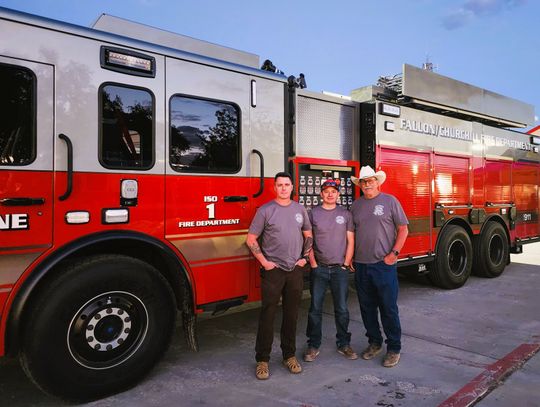The Tahoe-Carson Irrigation District (TCID) met on Thursday, June 29 to discuss the current water situation in the Lahontan Valley as the snowpack in the Sierra Nevada Mountains decreases. As the primary water source for the Carson River watershed, snowmelt has been closely monitored to provide real-time information on rising water levels in the Lahontan Reservoir and its potential impact across the valley.
The recently abundant snow that blanketed the Sierras just weeks ago has now largely disappeared, with little snowpack left to feed into the Carson River, the Bureau of Reclamation for the Lahontan Basin Area (BOR) reports that even the highest elevations are experiencing significantly reduced snowpack levels. Locations such as Burnside Lake and Carson Pass record no remaining snow, while areas like Forest Hill are left with nominal snowpack. The Blue Lakes area appears to have retained the highest amount of snow, and some patches remain of the considerable snowpack at Ebett's Pass and Mosquito Lake, which remains frozen.
Although the remaining snow will continue to melt due to the forecasted temperatures ranging from the mid-40s to the upper 70s at 8,000 feet, the BOR notes that the soil saturation had already reached its peak before the recent temperature spike. However, the ongoing melt-off is not expected to cause significant flooding or water flow disruptions.
The Fort Churchill gauge has experienced a slight drop, reaching a low of 2,500 cubic feet per second (cfs), but a substantial increase to around 3,300 cfs is anticipated. This surge will be followed by a gradual decline as flows stabilize. Water levels in Lahontan Reservoir have steadily risen, reaching the bottom of the flashboards on June 24 at approximately 285,000 af. However, inflows are expected to decrease, and there will need to be a decreased release of water from the reservoir. In response, the dam release has been raised to 2,400 cfs to match the inflow, aiming to achieve a balanced water level.
The distribution of water from the dam has been allocated at 130 cfs flowing into the T Canal, 1,900 cfs flowing into V-Line, 600 cfs into the Carson River, and 1,200 cfs to the V-line weir. Looking ahead, the extended forecast predicts average temperatures and precipitation levels, which should maintain the mean water surface temperatures for Lake Lahontan in the low to mid-60s. As for the expected water flow, about 16,000 af flowed into the reservoir from Fort Churchill last week, with an additional 100,000 to 108,000 anticipated in July. However, flows are projected to decrease in August.
Recent satellite imagery shows that Lahontan is gradually filling up, with Carson Lake pasture nearly full, providing visual confirmation of the current water conditions in the region. The TCID meeting emphasized the need for continued monitoring and management of water resources to ensure a stable and adequate water supply and to sustain area irrigation needs throughout the season.









Comment
Comments